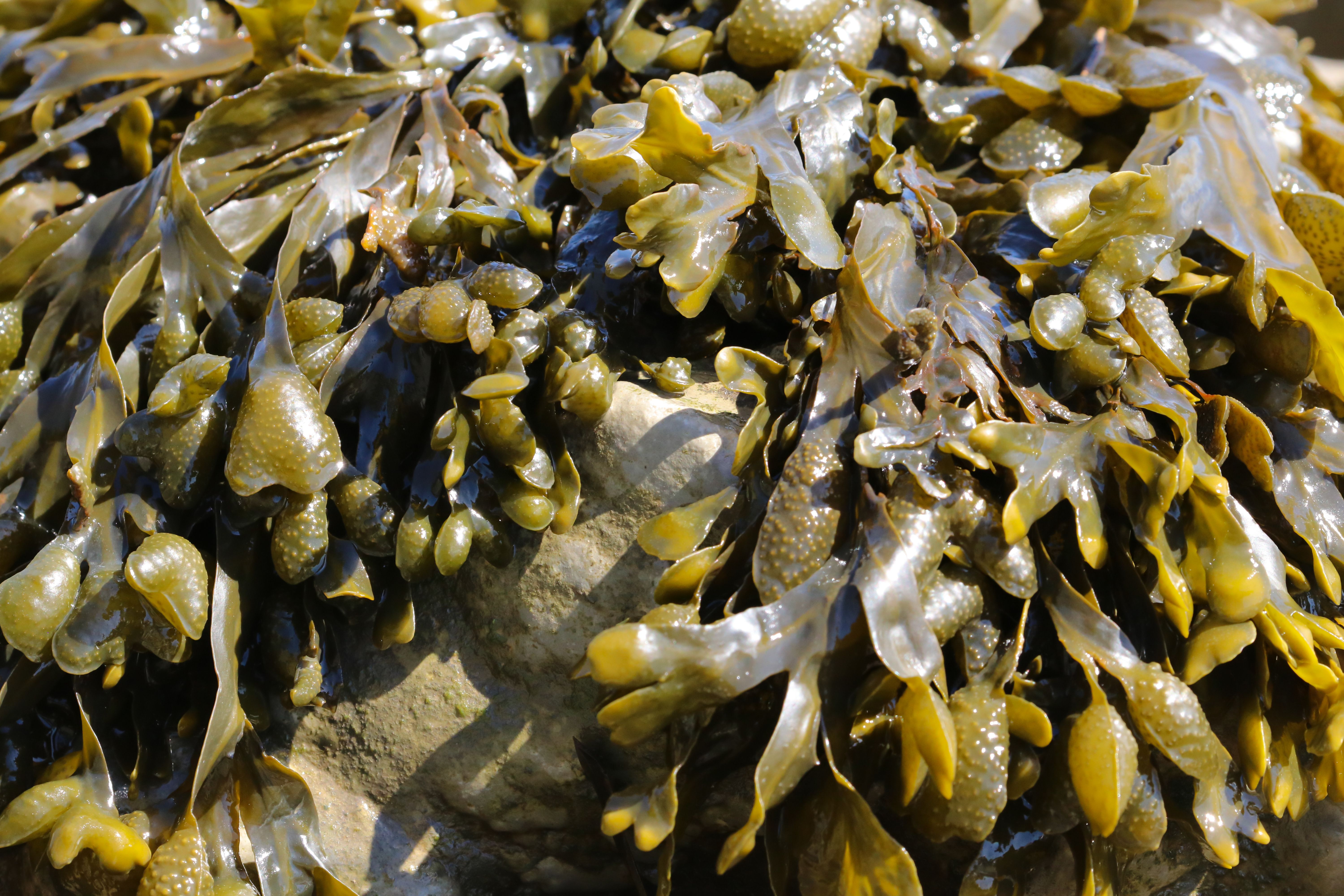Exploring Spiral Wrack: A Hidden Culinary Gem from the Sea
Discovering the Wonders of Spiral Wrack
Among the many edible treasures found in the ocean, spiral wrack is one that often goes unnoticed. This seaweed, which clings to rocky shores, is not only abundant but also boasts a rich array of nutrients and a unique flavor profile. Its versatility in the kitchen makes it a hidden culinary gem waiting to be explored by adventurous food enthusiasts.
Spiral wrack, scientifically known as Fucus spiralis, is a type of brown algae commonly found along the Atlantic coasts. It thrives in intertidal zones, where it withstands the ebb and flow of tides. Its distinctive spiral shape and olive-green hue make it easily recognizable among other marine flora.

Nutritional Benefits of Spiral Wrack
This seaweed is not just a delight for the taste buds; it's also packed with essential nutrients. Spiral wrack is a rich source of iodine, which supports thyroid function, and it contains vitamins A, C, and E. Additionally, it provides a good amount of dietary fiber, promoting healthy digestion.
Incorporating spiral wrack into your diet can also offer antioxidants that help combat free radicals in the body. These properties make it a great addition for anyone looking to boost their nutrient intake through natural sources.
Culinary Uses of Spiral Wrack
When it comes to culinary applications, spiral wrack can be surprisingly versatile. Its slightly salty and umami-rich flavor can enhance a variety of dishes. Here are some creative ways to incorporate spiral wrack into your meals:
- Salads: Add fresh or blanched spiral wrack to salads for a nutritional boost and a unique texture.
- Soups: Use it as a flavorful addition to broths and soups, complementing both seafood and vegetarian options.
- Snacks: Dehydrate spiral wrack for a crunchy snack that can be enjoyed on its own or sprinkled on dishes.

Harvesting and Sustainability
For those interested in harvesting their own spiral wrack, it's important to practice sustainable methods. Always ensure that you only take what you need and leave enough behind for regrowth. It is recommended to cut the seaweed above the holdfast to allow regeneration, promoting environmental balance.
Additionally, be mindful of local regulations regarding seaweed harvesting to ensure compliance with conservation efforts. Many regions have guidelines in place to protect marine ecosystems while still allowing for responsible foraging.

Embracing Seaweed Cuisine
As more people become aware of the benefits and flavors of seaweeds like spiral wrack, its popularity in culinary circles is on the rise. Chefs around the world are beginning to experiment with this ingredient, incorporating it into gourmet dishes that celebrate its unique taste and nutritional value.
Whether you're a seasoned seaweed enthusiast or a curious newcomer, trying spiral wrack can open up new culinary horizons. Exploring this hidden gem not only enriches your palate but also connects you to the ocean's vast and vibrant ecosystem.
